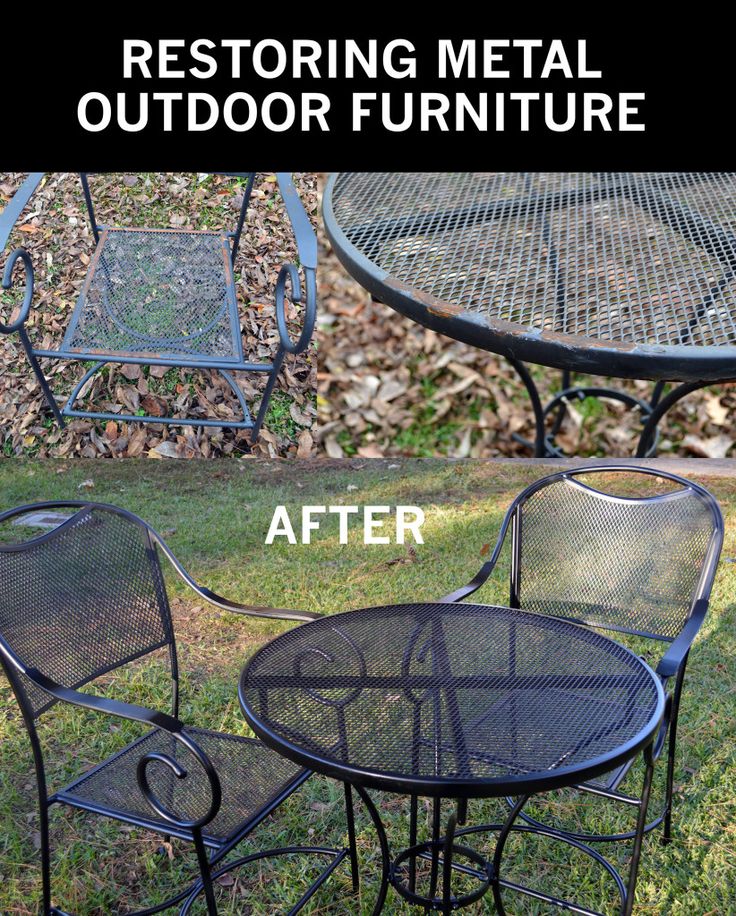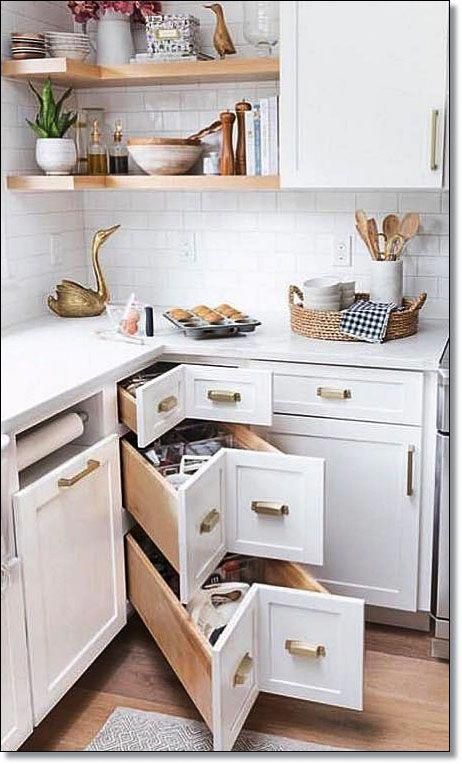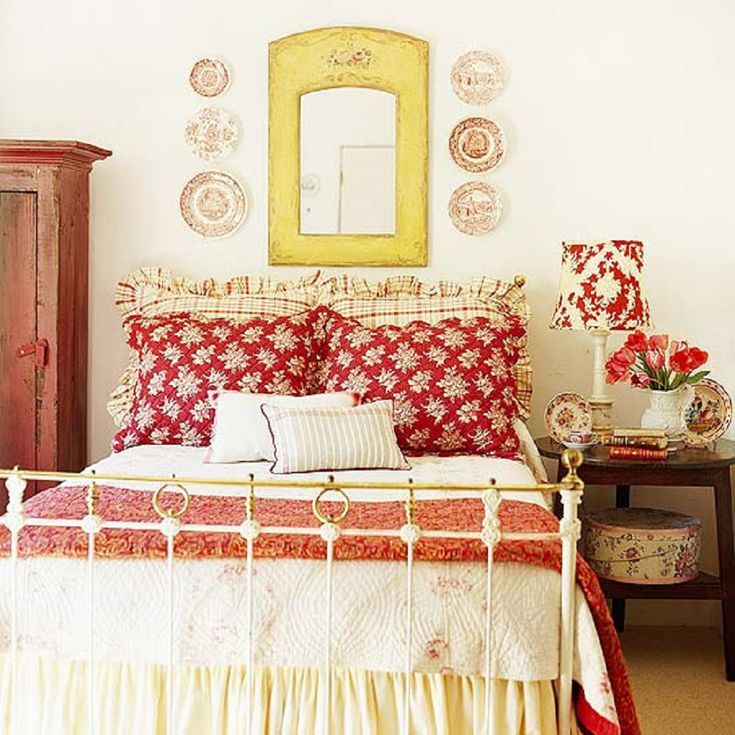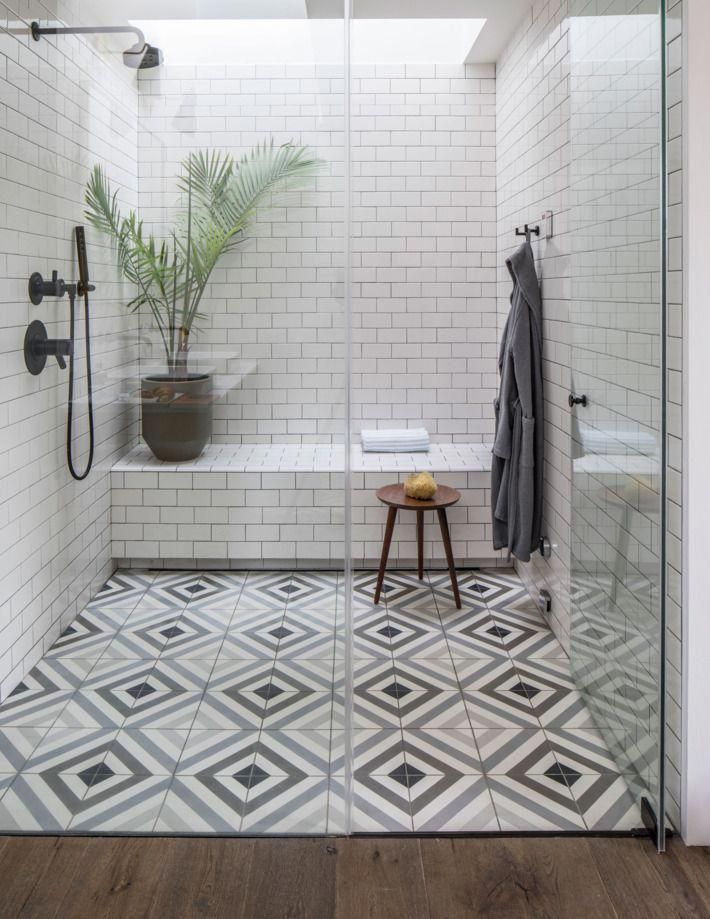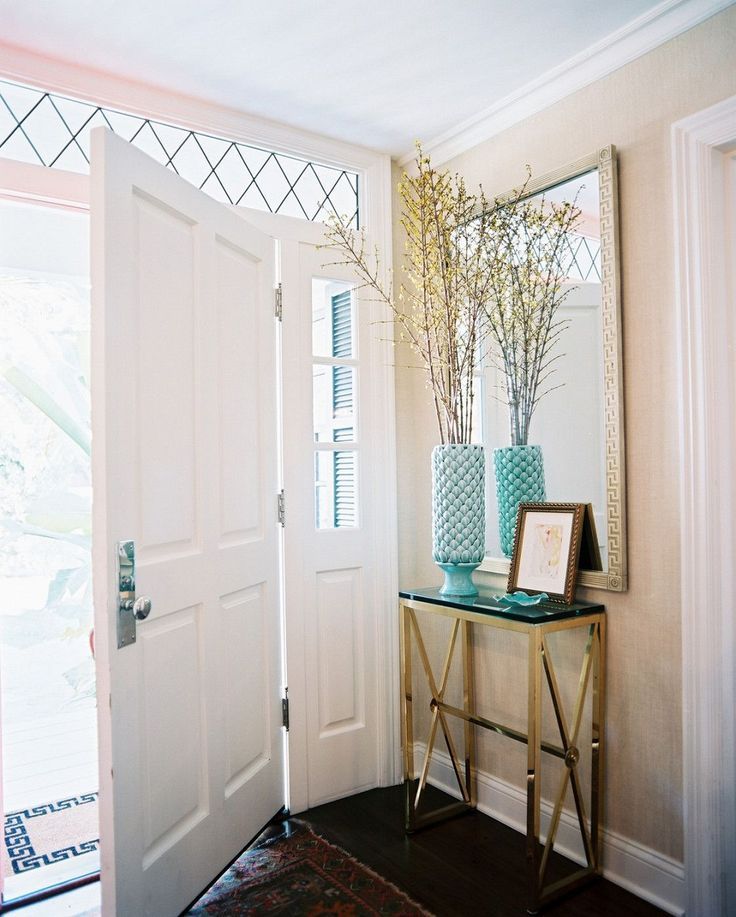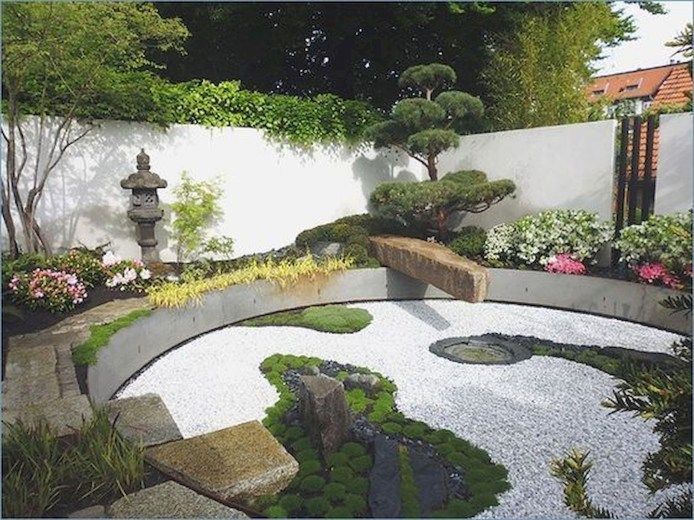How to restore cast iron furniture
How to restore cast iron – make repairs and remove rust
Learning how to restore cast iron is essential to give old items a new lease of life, and reduce the need for wasteful replacement. A hardwearing, high-performance metal, cast iron is hugely versatile and is used for everything from skillets and casseroles to garden furniture, gates and balustrades.
See: How to clean cast iron – remove rust, reseason and refinish
Over time, cast iron items will develop surface imperfections that add to their character, and make them look particularly in-keeping with a period home. When looked after, cast iron can last for centuries, but poorly maintained pieces will begin to rust and deteriorate.
'Gates, railings and other items made from cast iron are as much a part of our architectural heritage as the stone and brick of the buildings with which they’re associated,' says Roger Hunt, author of Old House Handbook . 'Although seemingly robust, these metal adornments can suffer corrosion and ultimately failure through lack of maintenance.'
Are you planning to restore cast iron or wrought iron?
(Image credit: Susie Watson)
There is often confusion about whether a metal item is made from cast iron, wrought iron or steel. So, firstly you should check that you are indeed attempting to restore cast iron – although the same restoration methods can often be used.
If you are restoring a heavy skillet or casserole, then it will almost certainly be cast iron – however, items such as furniture or architectural ironwork are harder to identify.
'Wrought iron is a low-carbon malleable alloy that has to be worked by hand or through mechanical processes. It was traditionally used for architectural elements, such as grates and balconies – even the Eiffel tower is made of wrought iron. It is a term that is also erroneously applied to the working of modern steel, a more refined version of wrought iron,' explains Antiques Roadshow expert Marc Allum.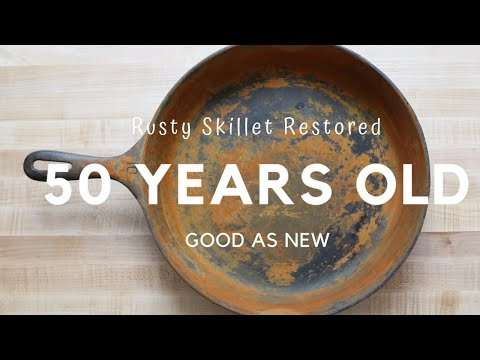
'People become confused due to the many objects of a similar nature being made using either a process or a mixture of the two. Hand-wrought construction is simply completely different to cast-iron objects, which are made in a mould.'
'Castings were frequently joined together by nuts and bolts or by interlocking the parts,' adds Douglas Kent, technical and research director at the Society for the Protection of Ancient Buildings . 'Cast iron is brittle and weaker in tension than wrought iron but is quicker and easier to make. Components have a deeper profile and more repetitive appearance.'
Cast iron is ideal for mass-produced items, such as rainwater goods, fireplaces and door knockers. Unlike wrought iron, cast iron has never entirely been superseded by steel.
How do you restore old cast iron?
(Image credit: Robert Sanderson)
When deciding how to restore old cast iron, you need to consider the item's value, purpose and finish – is it painted or exposed?
You must also assess the extent of the damage. Flaking paint or rusty patches on cast iron that's otherwise in good condition, can readily be restored. Repairing broken or missing elements, however, may not be possible.
Flaking paint or rusty patches on cast iron that's otherwise in good condition, can readily be restored. Repairing broken or missing elements, however, may not be possible.
'Another potential problem is the fracturing of cast iron because of impact or casting flaws,' says Kent.
‘Cast iron can be difficult and uneconomic to repair, so if a decorative section is completely missing, there is little hope of repairing it. A proficient welder could, however, restore a detached section or a concealed structural element,’ says Allum.
Kent advises that the best way to repair cast iron is through cold stitching. 'Specialist firms can take moulds from cleaned originals and recast components.' This works particularly well for items with repeat sections, such as railings or balustrades.
Unless repairs are required, you can usually restore cast iron through removing paint, sanding and refinishing, but certain items require more thought than others.
If the item is valuable or an important feature of your home that requires repairs, then it is best to hire an expert to restore cast iron.
Restoring a cast iron fireplace
(Image credit: Kasia Fiszer)
Whether you have a tired cast iron fireplace in situ, or are planning to fit an antique design, it will likely need some restoration work.
‘The phenomenal demand for fireplaces in the Victorian period led to the production of many millions; hence there are plenty to choose from in salvage yards and with dealers and auctioneers. Some can be purchased very cheaply; however, damage is a crucial factor,’ says Allum.
Cast iron fireplaces can either be finished with paint, or coated with protective iron paste or black grate polish – which gives them that iconic black finish.
If you are restoring a fireplace that has damaged or flaking paintwork, then this will need to be removed with paint stripper. This is unpleasant work, and you need to be extremely careful when working with such harsh chemicals. Do not use a blowtorch, as you could release lead from the paint or damage the fireplace.
Closely follow the instructions to apply the paint stripper, leave it to work for the specified time, then scrape off the paint using a scraper. You may need more than one application, and may need to use a stiff brush to get into the details.
‘To remove rust patches or stubborn marks, cut a pad of medium grade steel wool to rub away the rust and, wearing protective gloves, gently work away at it until it vanishes,’ says restoration expert Helaine Clare.
To prime your cast iron fireplace for its final finish, use fine wire wool, but avoid cleaning the surface with water. If the surface does get wet, wait until completely dry before applying paint, polish or paste.
This feature was created by H&G's sister brand, Period Living magazine
Subscribe to Period Living for more inspiration .
Period Living is the UK's best-selling period homes magazine. A subscription provides you with all you need to know about caring for and improving a traditional house and garden.
A subscription provides you with all you need to know about caring for and improving a traditional house and garden.
How to restore cast iron garden furniture
(Image credit: Kasia Fiszer)
Left outside, exposed to the elements, cast iron garden furniture will eventually show signs of wear and tear. It is commonly purchased at vintage stores, and though it carries an attractive patina of age, often needs some TLC to keep it in good condition.
Common issues with cast iron garden furniture include flaking paintwork, rusting securing bolts, and general grime and algae on the surface.
'As with most renovation jobs, the hard work comes at the beginning, meaning hours spent scraping, sanding and scrubbing,' says Clare.
Rusty bolts will need to be removed and replaced. 'If a spanner fails to undo them, spray with release oil, then wait and try again. A tap with a hammer will help break the corrosion binding the nut and bolt together, but beware of doing this on cast iron, which is brittle and cracks easily. '
'
As a last resort, Clare advises that you can saw through unyielding nuts and bolts with a hacksaw. Replace with new, corrosion-resistant ones.
The next step to restore cast iron garden furniture is to give it a good clean. If there is any algae present, then a fungicidal wash or bleach should be applied with a brush or sponge. 'Leave for 24 hours before washing off with water,' says Clare.
It if there are only small areas of flaking paint, it is not worth removing all of the paint on garden furniture before applying a new coat. 'Wearing protective gloves, use a steel brush to remove flaking paint to make a sound substrate for a new coat of paint,' says Clare.
As the paint wears away, the metal will be exposed to the elements and can form a powdery coating. 'Use a sanding block and wet and dry abrasive paper to work on the unstable surface until a firm base is reached.'
The last step before painting is to clean the furniture with hot soapy water, then allow to dry completely before applying a coat of paint.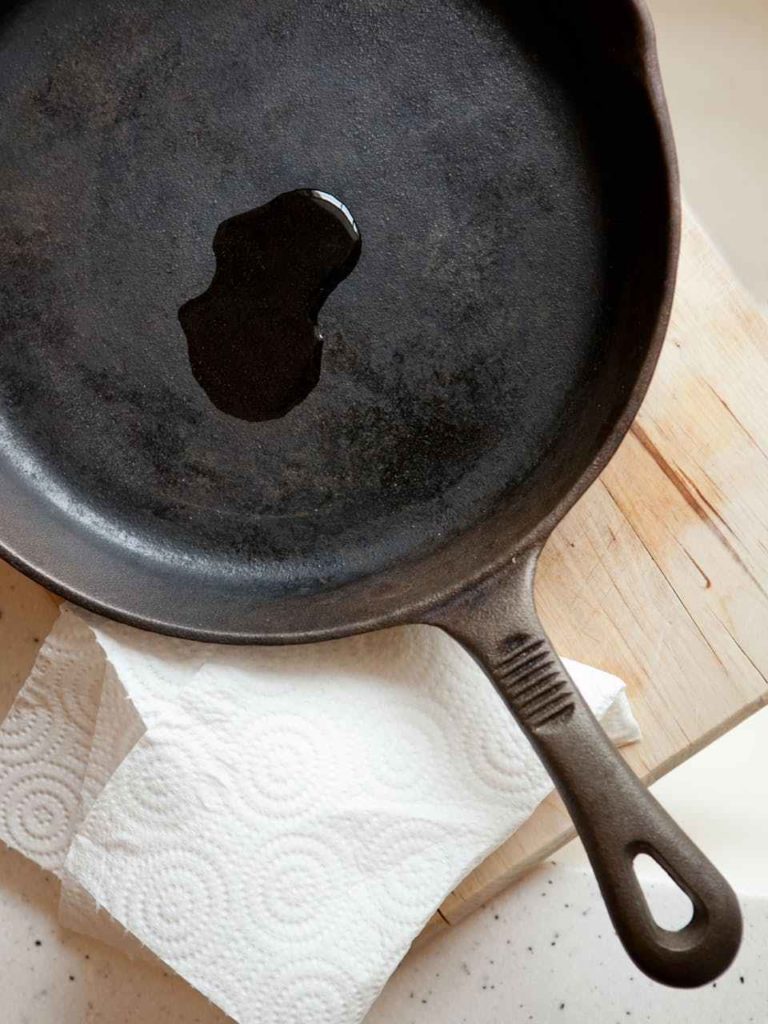 In some cases you will need to apply a primer first – read the instructions carefully.
In some cases you will need to apply a primer first – read the instructions carefully.
How to restore cast iron gates and railings
(Image credit: Little Greene)
Cast iron gates and railings make an important first impression to your home, so if they are looking tired, restoring them will uplift the whole exterior.
'If metal has been overpainted many times, the fine detailing will be obscured. So if there is a heavy build-up of paint or if large areas are affected with rust, it is often best to strip off all the original paint,' says Clare.
This work can be done with a chemical paint stripper. A hot air gun can be used, but older paint may contain lead. If working with a removable item such as a gate, you could take it to an industrial stripping company.
Where the paint is less built up and only lightly flaking, it will be easier to leave it in place and paint over it.
'Use a metal scraper to remove all blistered and flaking paint. Patches of rust should be removed with a steel brush, then cleaned to a bright finish with steel wool,' says Clare.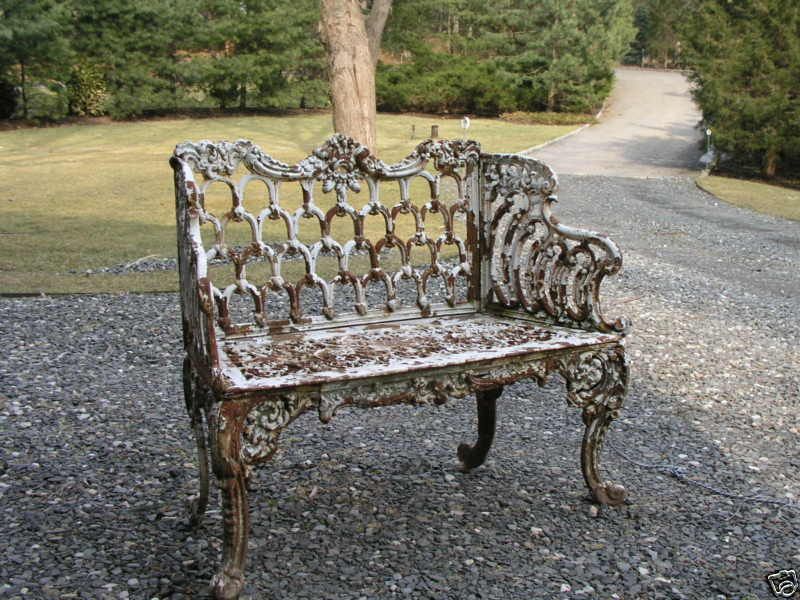 'Once all the loose paint flakings have been removed, feather the edges of the remaining sound paint with abrasive paper to avoid unsightly "steps" on the finished paintwork.'
'Once all the loose paint flakings have been removed, feather the edges of the remaining sound paint with abrasive paper to avoid unsightly "steps" on the finished paintwork.'
Wipe over the metal with a damp cloth and, if needed, apply rust remover, closely following the manufacturer's instructions.
Make sure the metal is completely dry before applying metal primer, followed by two coats of fresh paint.
How to restore cast iron pans
(Image credit: Unsplash)
Once cast iron pans and skillets lose their seasoning, the moisture in the air can cause them to rust. However, with a little elbow grease, you can restore the surface and get the pan back into use. This technique cannot be used on enamelled pans.
See: How to clean a cast iron skillet
Rust patches can be removed using steel wool or fine sandpaper, rubbed in a circular motion.
Vinegar can also be used – mix equal parts of white vinegar and water and soak the item for up to eight hours, checking regularly, until all the rust is gone.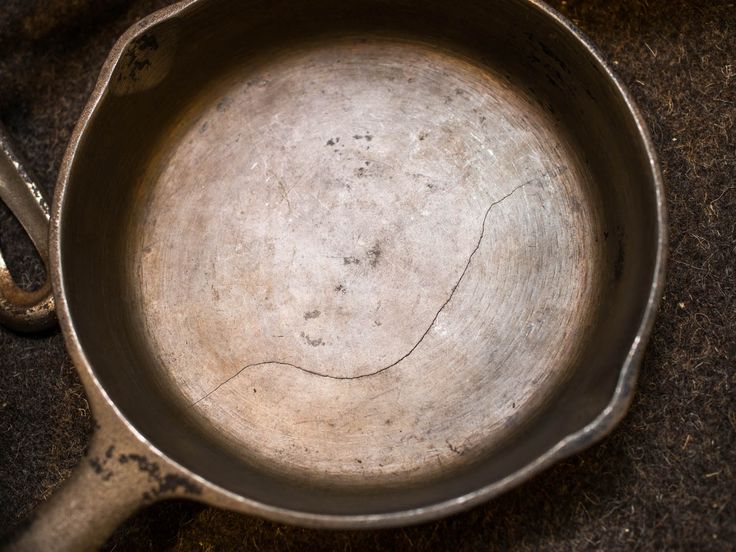
Once the rust is removed, wash the pan thoroughly and dry it completely before reseasoning the surface.
Seasoning is the final step to restore cast iron pans. It's a baked-on layer of oil, which gives a pan a black, glossy finish, protects the metal, and means food won't get stuck during cooking.
‘To season your pan, wash with warm soapy water, rinse thoroughly and dry it. Then, pour a little oil into the pan and use a clean cloth to rub the oil around the whole pan so it has a thin coating all over,' explains James Devonshire, head of the Cookery School at Daylesford . 'Next, place it upside down on the rack inside the oven and bake on a high heat for an hour. Leave it in the oven to cool down completely before use.'
How to Restore Metal Garden Furniture
From priming to painting tips, here's what a professional restorer says to do.
Caroline Biggs, Freelance Writer portrait
By Caroline Biggs June 17, 2020
Each product we feature has been independently selected and reviewed by our editorial team.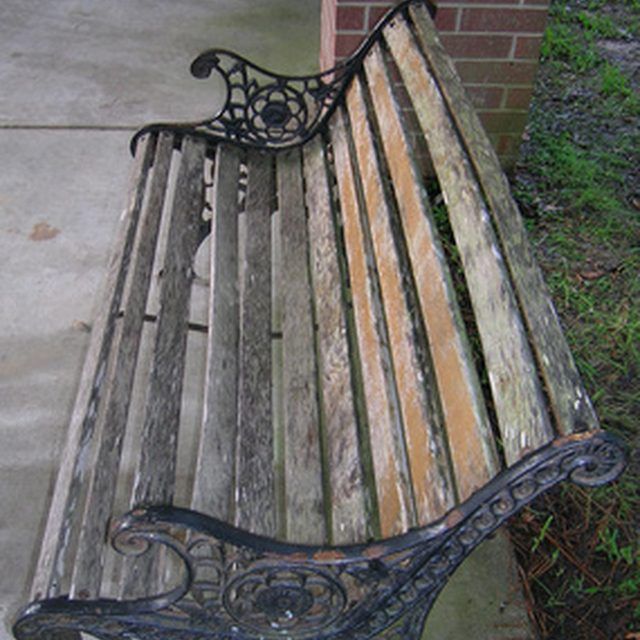 If you make a purchase using the links included, we may earn commission.
If you make a purchase using the links included, we may earn commission.
green metal bench in garden
Credit: Jacky Parker Photography / Getty Images
Your old metal garden furniture is teeming with restoration potential, it just takes a little work. That's why when you find that your favorite piece of outdoor furniture is beginning to rust, chip, or show signs of aging, it pays to know what to do to help bring it back to its original integrity. "At a certain point, if left unattended to, rust can eventually compromise the structural stability of the furniture," explains Jane Henry of Jane Henry Studios, a full-service antique conservation and restoration shop based in New York City. "This is most often caught on the underside of furniture, where the moisture can collect in the nuts or rivets that hold the furniture together."
Looking for advice on how to restore (and maintain) your aluminum and wrought iron garden furniture, so you won't have to ever bid it adieu? We asked Henry to take us through the step-by-step process, and here's what she had to say.
Plan for prep work.
Henry says the first step to successfully restoring metal garden furniture is to handle all of the prep work ahead of time. "Scraping off any loose paint, going over the whole surface, as you can't always see what is loose," she says. "Follow scraping with a wire brush and applying a lot of elbow grease will ensure that you get into all of the crevices, and lift any rust out of the pits and divots. Next, use sandpaper to level out the chips and remove any extra loose paint. Once done, wipe with a tack cloth, and either clean with a solvent, such as acetone or wash with a degreaser or detergent, rinse, and let dry overnight."
Don't skip the priming step.
Once you've prepped your metal outdoor furniture, Henry says to prime the piece with a high-quality rust preventive spray primer, such as Rust-Oleum Stops Rust Spray Paint Primer ($4.27, amazon.com). "Choose a white primer for lighter colors and a dark primer for darker ones," she says.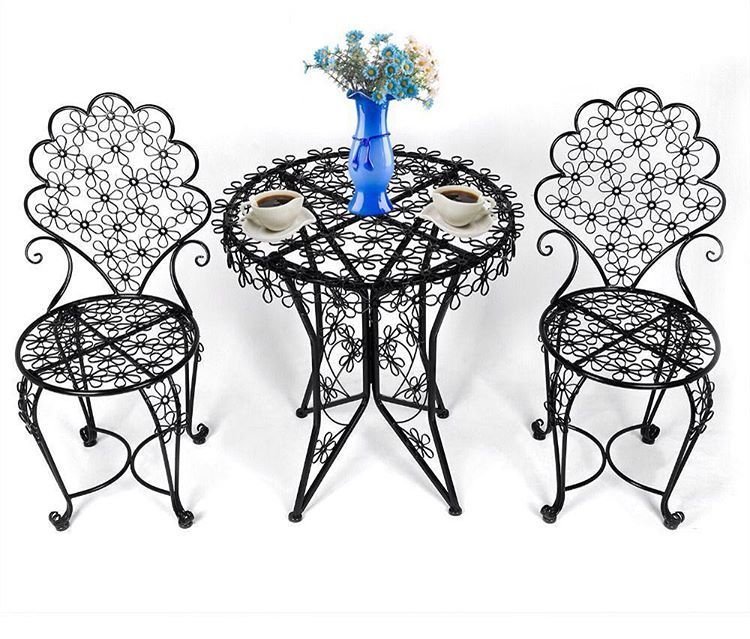 "Spray slowly at an 8-to-12-inch distance, in a consistent spray pattern, lengthwise along each section, to avoid drips and overspray. Remember to treat the back and underside since outdoor furniture can collect moisture and condensation in the crannies." After applying two to three light coats of primer, allowing the primer to dry between each coat, she suggests lightly sanding the piece with very fine sandpaper and wiping it off with a non-wax tack cloth to remove the dust.
"Spray slowly at an 8-to-12-inch distance, in a consistent spray pattern, lengthwise along each section, to avoid drips and overspray. Remember to treat the back and underside since outdoor furniture can collect moisture and condensation in the crannies." After applying two to three light coats of primer, allowing the primer to dry between each coat, she suggests lightly sanding the piece with very fine sandpaper and wiping it off with a non-wax tack cloth to remove the dust.
Apply the right kind of paint.
When it comes time to paint your metal furniture, Henry recommends choosing an exterior-grade latex or oil-based paint for brushing, or an exterior grade spray paint specific to metal, such as Krylon Fusion All-In-One Spray Paint ($9.14, amazon.com) and Rust-Oleum Stops Rust Metallic Spray Paint ($6, amazon.com). "My advice is to stay clear of high gloss paints unless you are prepared to do sanding in between each coat," she says. "Don't forget to follow recommended re-coat times on each product, as times vary widely between products.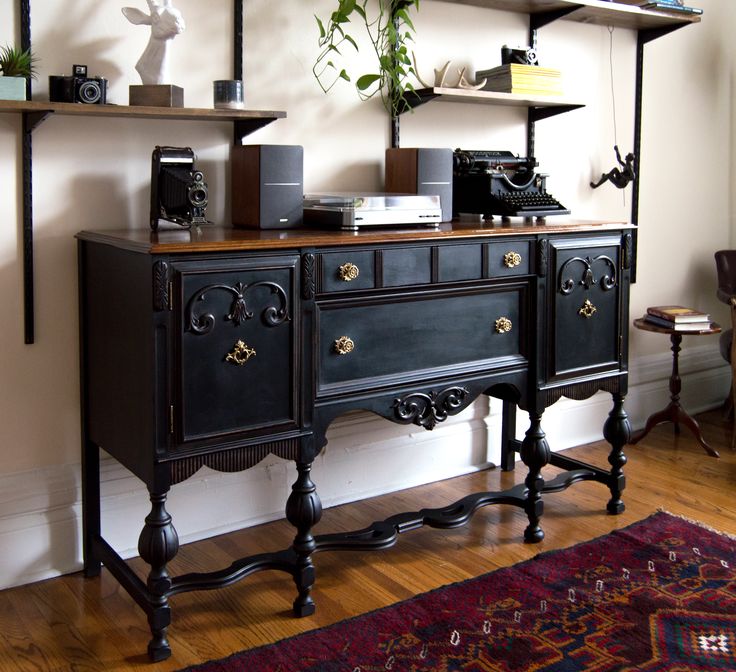 "
"
Add a protective coat.
If you aren't applying a protective enamel finish to your painted metal furniture, Henry says you're doing it wrong. "A final clear coat of oil-based urethane will provide added durability and help prevent future damage to the furniture," she says. She recommends sticking with an oil-based enamel, versus a water-based one, since they last longer and often create a brighter finish.
Maintenance matters.
No matter how well you restore it, Henry says proper maintenance is key to extending the life of your metal outdoor furniture. "Use plastic covers on your wrought iron furniture when you're not using it to protect it from the elements or bring your furniture inside to prevent rust buildup," she says. She also suggests keeping paint on hand for quick and easy touch-ups. "When you see something, take care of it immediately before it becomes a bigger problem," she advises.
Restoration of veneered furniture - everything you need to know
Veneer is a thin sheet of wood that is obtained by cutting the appropriate raw material. Their length ranges from 0.5 to 8 mm. Such overlays are applied to furniture to give it an exclusive look and improve visual perception. Read about how the restoration of veneered furniture takes place in our text.
Their length ranges from 0.5 to 8 mm. Such overlays are applied to furniture to give it an exclusive look and improve visual perception. Read about how the restoration of veneered furniture takes place in our text.
Contents
- Veneer restoration is an effort worth making.
- How to restore veneered furniture? Basic moments.
- How to care for veneered furniture?
- Step-by-step restoration of veneered furniture
- Veneer restoration - show your result
Veneer restoration - an effort worth making
Veneered furniture looks dignified and full of charm. Unfortunately, over time, her charm fades and she may no longer be so attractive. Fortunately, there is no reason to get rid of such an element of home decor. You can easily and inexpensively return your furniture to its former beauty.
Veneered furniture is worth fighting for as it is often very old and has family history. The sentimental value of this type of furniture makes it extremely valuable and should not be approached as if it were items from popular stores.
The sentimental value of this type of furniture makes it extremely valuable and should not be approached as if it were items from popular stores.
How to restore veneered furniture? Highlights
Below we have prepared for you a little information that will introduce you to the topic of veneered furniture restoration. They will help you better understand the whole process and make your repair much easier.
What is the nature of damage to veneered furniture?
Veneered furniture, due to its specific design, is not very resistant to damage to its outer shell. In addition, veneer requires care and daily protection. So if these elements have been neglected in the past, it can be seen with the naked eye on the surface of the furniture. The most common damage is associated with discoloration, cracking or blistering of the veneer and peeling of the veneer from the surface of the furniture.
What is veneer restoration?
When it comes to restoring veneer, it is very important to choose methods according to the damage that has occurred.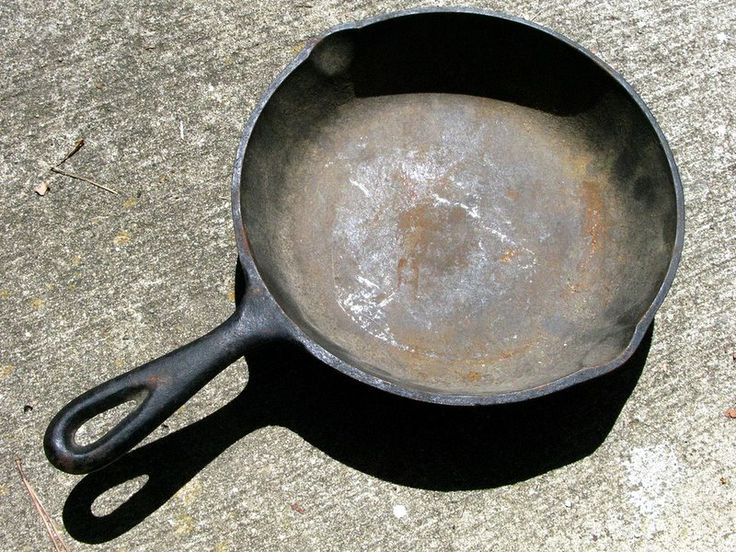 The main task of a person repairing this type of furniture is to avoid tearing off the entire veneer, due to its historical and often sentimental value. It is always worth striving to preserve as much of the original material as possible.
The main task of a person repairing this type of furniture is to avoid tearing off the entire veneer, due to its historical and often sentimental value. It is always worth striving to preserve as much of the original material as possible.
Minor damage to the veneer can be retouched with a retouching wax stick. If you're dealing with minor discoloration, a special stain corrector, which can be found in furniture stores and online, works well.
In extreme cases, a new veneer may be needed. This is especially true if the furniture has been used and has significant wear and damage to the coating. A repair of this magnitude should be carried out by a professional who will assess the damage and select the appropriate restoration methods.
How to care for veneered furniture?
First, it is important to understand that veneer is the most common wood in thin sheets. This means that, like any other wood, it needs care and protection. In stores, you will find many products that will help you restore veneered furniture. The most popular of them:
The most popular of them:
- furniture varnishes
In some cases, the use of this type of product is necessary due to the exotic wood. Customers most often choose polyurethane varnishes (resistance to mechanical damage), urethane-alkyd varnishes (abrasion resistance) and urethane varnishes (abrasion resistance, but somewhat weaker than their predecessors).
- water-based varnishes
They are characterized by the fact that they dry very quickly and do not emit unpleasant odors. It is also worth noting the ease of application of this type of product. Available water-based varnishes are divided into acrylic (least toxic), polyurethane (slightly more resistant than acrylic) and acrylic-polyurethane (abrasion resistant).
Restoring veneered furniture step by step
Below you will find a step by step guide on how to restore veneered furniture. We hope that our advice will be useful to you and you will be able to effectively update your veneered furniture.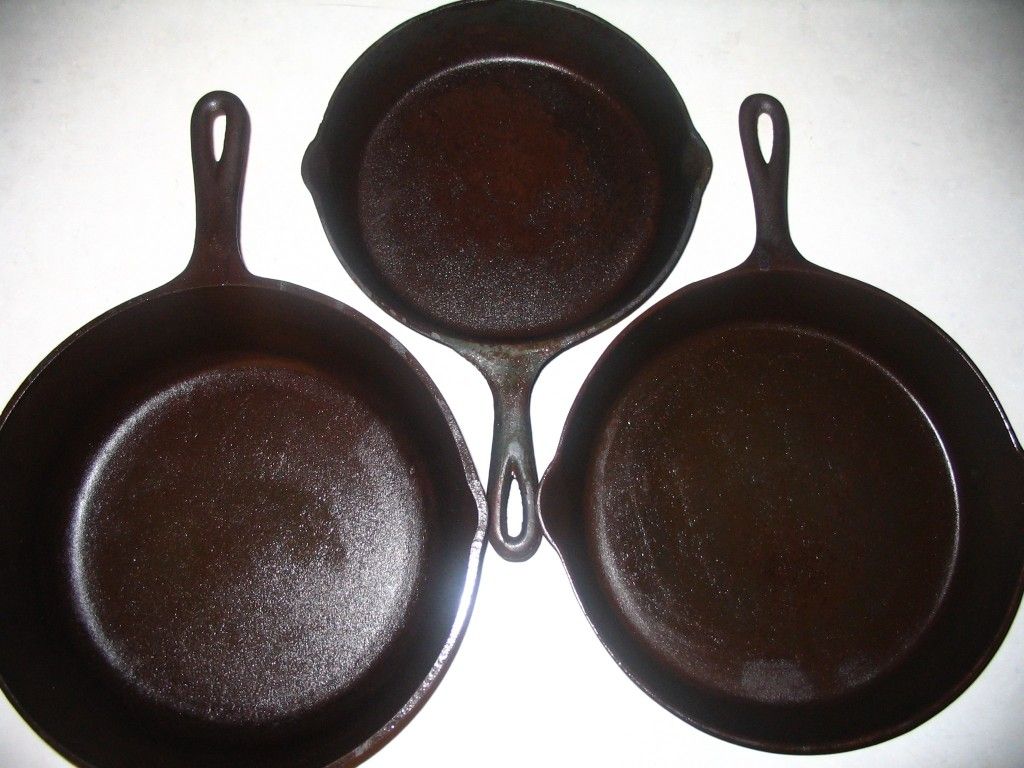
-
Preparing furniture for varnishing
A very important step in which you can restore the lost shine of your furniture. The veneer layer can be less than one millimeter thick, so it is important to be careful not to make sudden movements that could damage the delicate finish. Start by washing the furniture with a degreaser. Otherwise, the varnish and paint will not adhere well to it.
-
Start sanding the old varnish
To be able to apply a new varnish or paint, you first need to get rid of the old layers that no longer look aesthetically pleasing. Use sandpaper for this and remember to be careful in places such as edges or creases.
-
Putty time
Veneered furniture very often has a difficult history behind it, which left its mark on it. All cavities and irregularities should be filled with special wood putty. Be sure to sand the filler after it has dried to level the surface.
Be sure to sand the filler after it has dried to level the surface.
-
Cleaning the furniture surface
When varnishing and painting, it is very important that the surface to be treated is not dirty or greasy. That is why, before you start painting, wash the furniture again and make sure that there is nothing on it that could adversely affect the restoration.
-
Veneer painting time
Painting veneer is no different from painting any other wood. Therefore, the type of varnish or paint is very important. If you are wondering how to paint the veneer, use the proven products from the brand Śnieżka Supermal Oil-Phthalic Enamel. A variety of colors and very good covering properties mean that with this paint your renovation will go through without any complications, and the furniture will take on a modern, non-standard look.
Apply the paint with a thin roller. You will get the best effect if you cover the furniture with two or even three layers of . As you can see, the answer to the question "how to paint the veneer?" not too complicated, and painting veneered furniture doesn't have to be difficult.
You will get the best effect if you cover the furniture with two or even three layers of . As you can see, the answer to the question "how to paint the veneer?" not too complicated, and painting veneered furniture doesn't have to be difficult.
Veneer restoration - show the result
As you can see, the restoration of veneered furniture is not particularly difficult when it comes to minor damage or just a desire to change color. All that is needed is the proper preparation of furniture and the selection of products intended for wood.
If you want a clear coat, all lacquers will do. In case of discoloration of veneered furniture, use Śnieżka Supermal Oil-Phthalic Enamel. Due to its resistance to mechanical and atmospheric factors, the paint will provide a beautiful appearance to your furniture for many years. We are also happy to see the results of your work. Share with us photos of the furniture you've refurbished.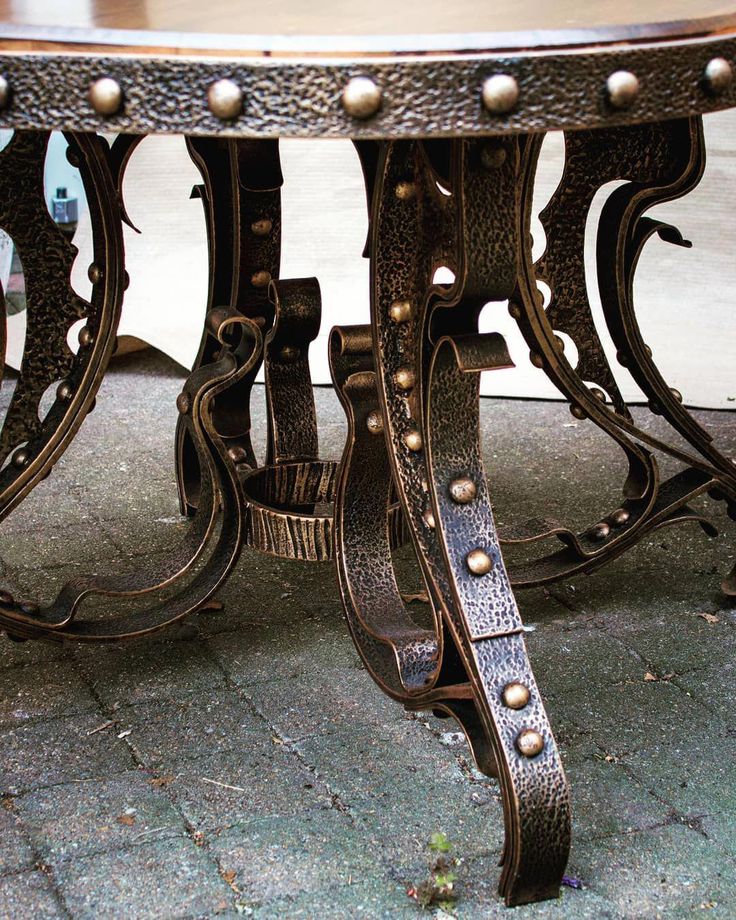
Protective oil for wooden garden furniture and terraces
How to give a new life to garden furniture
Happy owners of country life are well aware that wooden outdoor furniture requires careful care and timely processing. In order for garden furniture to retain its original appearance and performance for as long as possible, it is recommended to periodically process it.
Treat garden furniture with paint or oil. How to make a choice? In case your furniture has a clean wood finish, you can leave everything as it is and treat it with oil. If you want to update and add new bright colors to the exterior - use paint!
How to prepare furniture for processing
Wood flooring tends to fade, crack or get wet when exposed to the elements. Therefore, before proceeding with the coating of a bench, chairs or table, some steps are required to prepare the coating for work.
Remove old coating (paint, varnish).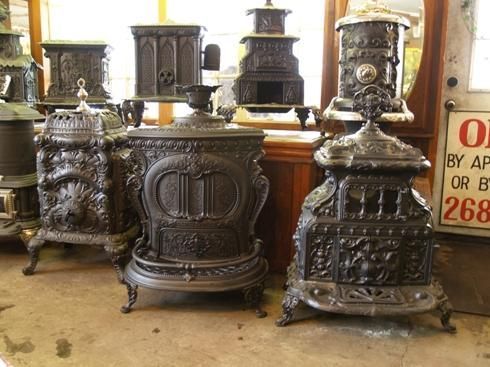 To do this, use special paint removers.
To do this, use special paint removers.
After the old coating is completely removed from the surface, be sure to go over it with sandpaper to remove the top layer of material. Residues of grinding dust must be completely removed from the surface.
| For a better treatment of all surfaces, it is recommended to disassemble the furniture. When disassembling furniture, check the fasteners! If they are rusty, replace them. |
How to treat garden furniture made of wood: paint or oil
After surface preparation, you can safely apply protective coatings to wooden elements. Choose compounds that will protect the tree from atmospheric agents and extend its life.
Garden furniture oil
Wood oil has all the properties you need to protect your furniture. Thanks to the oil, the furniture will not be afraid of rain and high humidity and will retain an attractive appearance for as long as possible.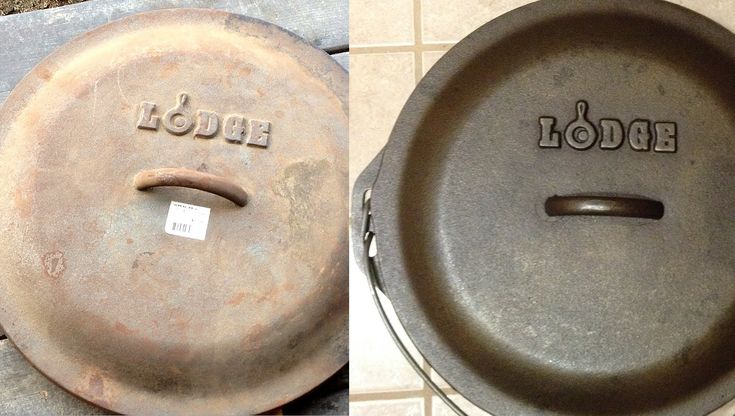
Oils are either clear or tinted. Tinted oils, however, do not hide the texture of the wood, leaving the furniture as natural as possible.
| Life hack! If the oil coating has worn off in places on the furniture, it is enough to treat these places without covering the entire surface. |
Application
The best way to apply the oil is with a flat brush along the grain of the wood - this way you emphasize the natural texture of the wood. After covering the entire surface, wait until the oil is completely absorbed and clean the surface of oil residues with a soft, clean cloth. To achieve the best effect, the oil should be applied in a couple of layers.
Garden Furniture Paint
If you want to change or update the color of your garden furniture, use paint to finish. Acrylic, alkyd and latex paints are suitable for working with wooden furniture. Choose the format that is convenient for you: jar or spray.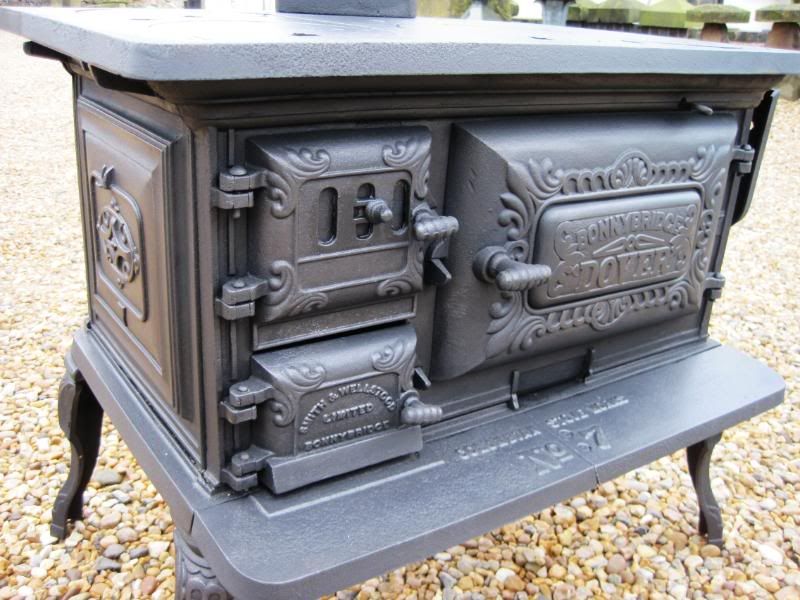
How to paint garden furniture
- First of all, prepare the surface: clean off the old paint, sand the surface with sandpaper.
- To increase adhesion, it is recommended to apply a primer coat to the entire work surface.
- After priming, sand the surface a little more and completely remove the remaining sanding dust. The surface must be dry, clean and even before application.
- Apply several coats of paint according to her instructions.
We would like to recommend excellent, tried-and-true products for wood garden furniture. To obtain the best result, it is necessary to choose only high-quality materials that are directly applicable to this type of work, and are aimed at protecting the wooden surface from fading, fading, fungus, mold and moisture.
Top of the best products for painting and finishing outdoor or garden furniture:
- Remmers WPC-Imprägnier-Öl / Remmers natural solvent-based oil for terraces, WPC garden furniture
- Biofa 3752 / Biofa teak oil for terraces, garden furniture
- Borma Wachs Naturaqua Teak Oil
- Tikkurila Valtti Terrace Oil
- Watco Teak Oil + Stain0010
- Pinotex Wood Oil
These materials will help preserve your garden interior and wooden outdoor furniture will last much longer after high-quality processing.